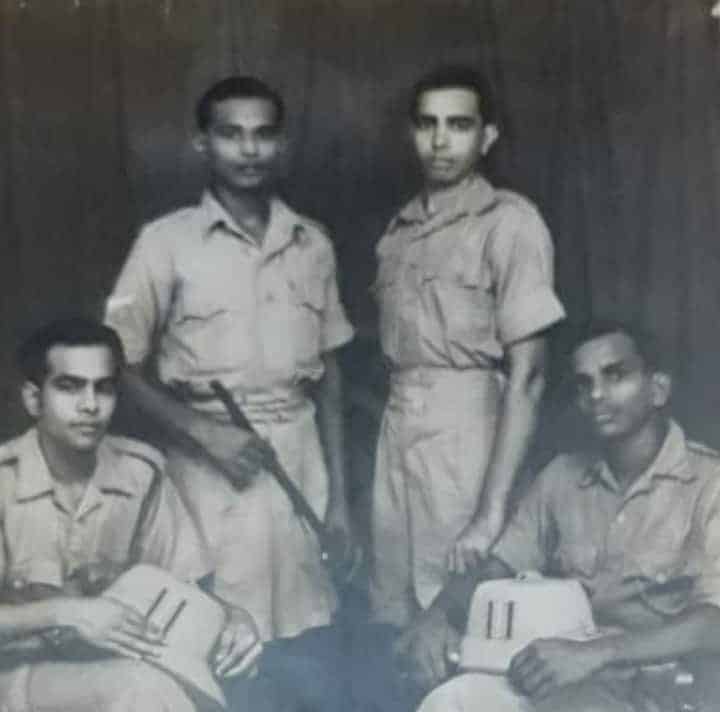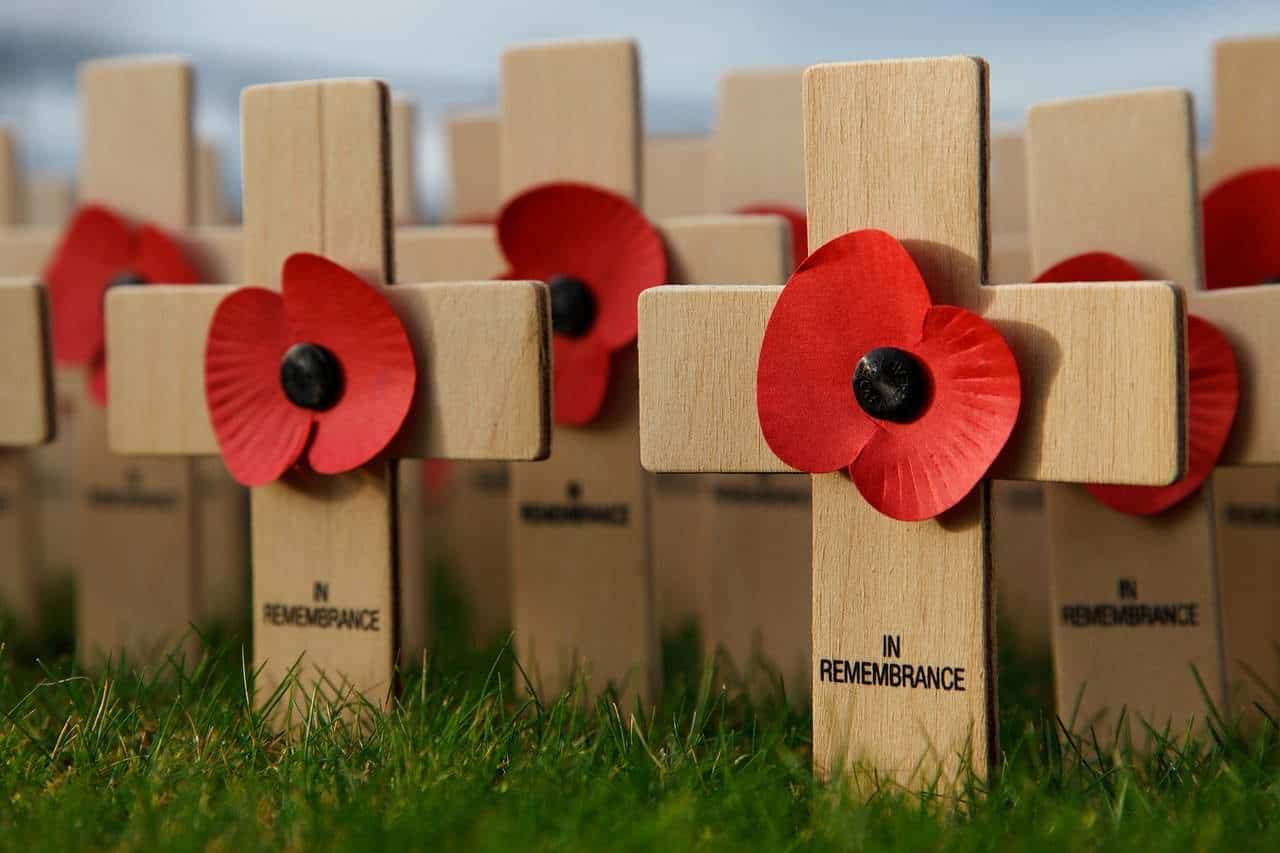The wartime mystery behind my Nana’s name
A Remembrance Day story on how war changes people
Remembrance Day is called Armistice Day back home in India. Every year at school, at the 11th hour on the 11th day in the 11th month, we maintained a two-minute silence and my thoughts would fly off to my Grandpa, whom we fondly called Nana.
I always wondered why his name ended with John. We were Muslims, so it was rather odd to see a Christian name included in a Muslim name. Despite our closeness, Nana was a very private person and intrusion into his space annoyed him, so I never questioned him. His name——Nazeer John—remained an enigma over the years. My Nana was an Indian soldier who fought for the British Army during the Second World War. He was a decorated officer and was highly regarded by all who knew him.

His back and legs had big white spots. “Moon spots!” my sister joked.
“These are bullet marks,” my Nana said, a trifle annoyed, but proudly.
During power outages, which were rather frequent back then, we kids would huddle around a lantern and urge Nana to relate his wartime stories. And he did. He told us of the cold winters in Rangoon (now Yangon), and of lonely nights in trenches. Or how he watched his best friend die in his arms. We had heard his stories over and over again, but they never ceased to amaze us.
Although he may have retold the same stories, his eyes revealed a different story each time. Sometimes they had a far away look. Other times, they were misty. “A war breaks you and makes you at the same time,” he said. “We were three friends and only I returned home. When one lives through a war and sees death everywhere, life takes a new meaning.”
My Nana was a man of few words and a private person, yet there were more than 200 people at his funeral. One of his wartime colleagues was inconsolable. “The English loved him,” he choked. “They used to call him Johnny Boy. He loved the name so much…” his voice trailed off. “That he made it a part of his name,” I concluded softly.
The mystery behind Nazeer John was finally solved.
Featured Image: Nazeer John (standing on the left) pictured as a young sepoy (Indian soldier). | Supplied







